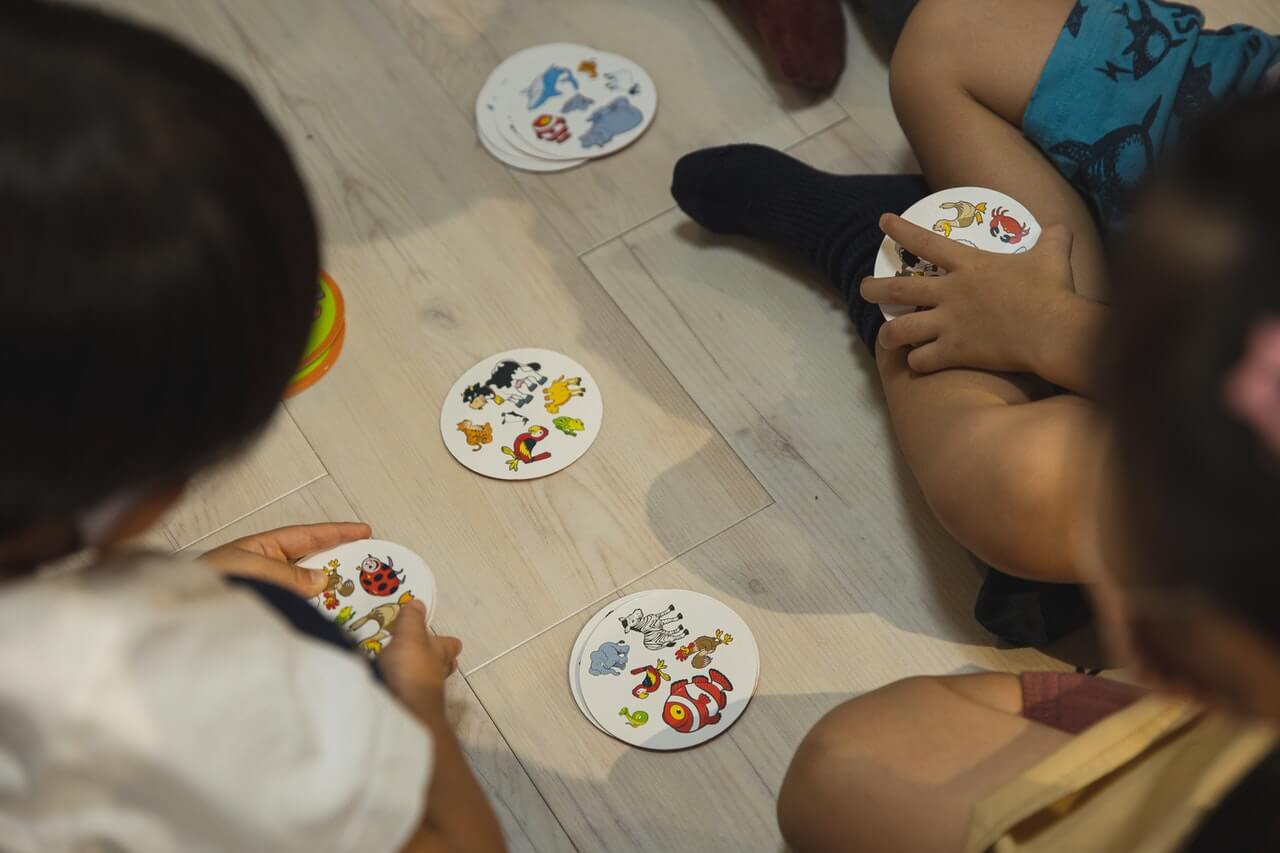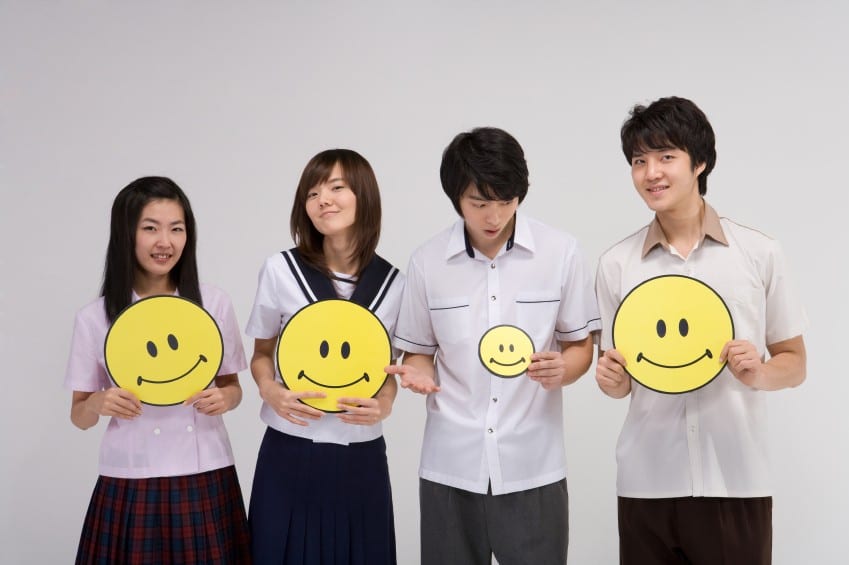Experienced ESL teachers know that it is essential to establish a positive classroom environment from day one. Creating a space where learners feel comfortable enough to take risks and make mistakes in front of their peers and the teacher is crucial to language learning success. One of the most effective ways to achieve this is by starting with icebreaker activities during the first ESL class to set the tone and begin building rapport among students.
Two of the most popular ESL icebreakers are “Find Someone Who” and “Handshakes.”
Find Someone Who
If you are teaching students who have studied in communicative programs before, there is a good chance they have already done this activity—possibly several times. This is especially important to keep in mind if you are teaching in a large school on the first day of classes, as students may have completed a similar activity earlier in the day.
That said, Find Someone Who remains effective because it gives students a clear reason to communicate, encourages them to move around, and quickly gets everyone talking and enjoying their first class.
Variation for Engagement
To keep the activity fresh, consider a variation: instead of giving each student the same list of characteristics, provide individual students with a single question on a small slip of paper. Before they begin surveying their classmates, have them predict how many people will answer “yes.” For example:
- My question: How many people in this class love to cook?
- What I ask: “Do you love to cook?”
- My guess: 10/15
- The facts: 14/15
- My comment: I was surprised because there are mostly boys in our class.
This variation can be adapted to focus on current events, student interests, or course-related topics. Opportunities for follow-up discussions based on predictions and student comments are limited only by your creativity as a teacher.
You can also involve students in creating their own questions, guiding them to ensure appropriateness and clarity. Experimenting with these adaptations not only keeps popular ESL activities engaging but also enhances student participation and supports language development.
Handshakes
While there are many excellent ESL games and activities for the first class, sometimes the simplest approach is the most impactful. A handshake introduction can quickly build rapport and immediately engage students in authentic cultural behavior.
After your self-introduction, step away from the front of the room and greet each student individually with a handshake. Some students may feel surprised or nervous at first, but they will appreciate the personal connection from the very first lesson.
Cultural and Linguistic Benefits
A handshake introduction reflects authentic, culturally appropriate behavior in most English-speaking countries. Along with the handshake, students practice the simple greeting language they likely already know:
“Hello, I’m Mike. Nice to meet you!”
Although the phrase is basic, many students are unfamiliar with the cultural nuances of handshakes. In Western culture, a good handshake involves standing up, making solid eye contact, shaking firmly, and releasing hands at the right moment.
If a student fails to stand, avoids eye contact, or shakes hands too loosely, it can create a teaching moment for cross-cultural communication. This often sparks lively discussion—and sometimes comic relief—about cultural differences and the importance of body language in communication. It also reinforces the idea that making mistakes in the classroom is both natural and valuable for learning.
As the exercise continues, students can practice their handshakes with each other and with the teacher until everyone has had a chance to participate. This simple but effective icebreaker sets a welcoming tone for the course and helps students feel comfortable interacting from the very first day.





